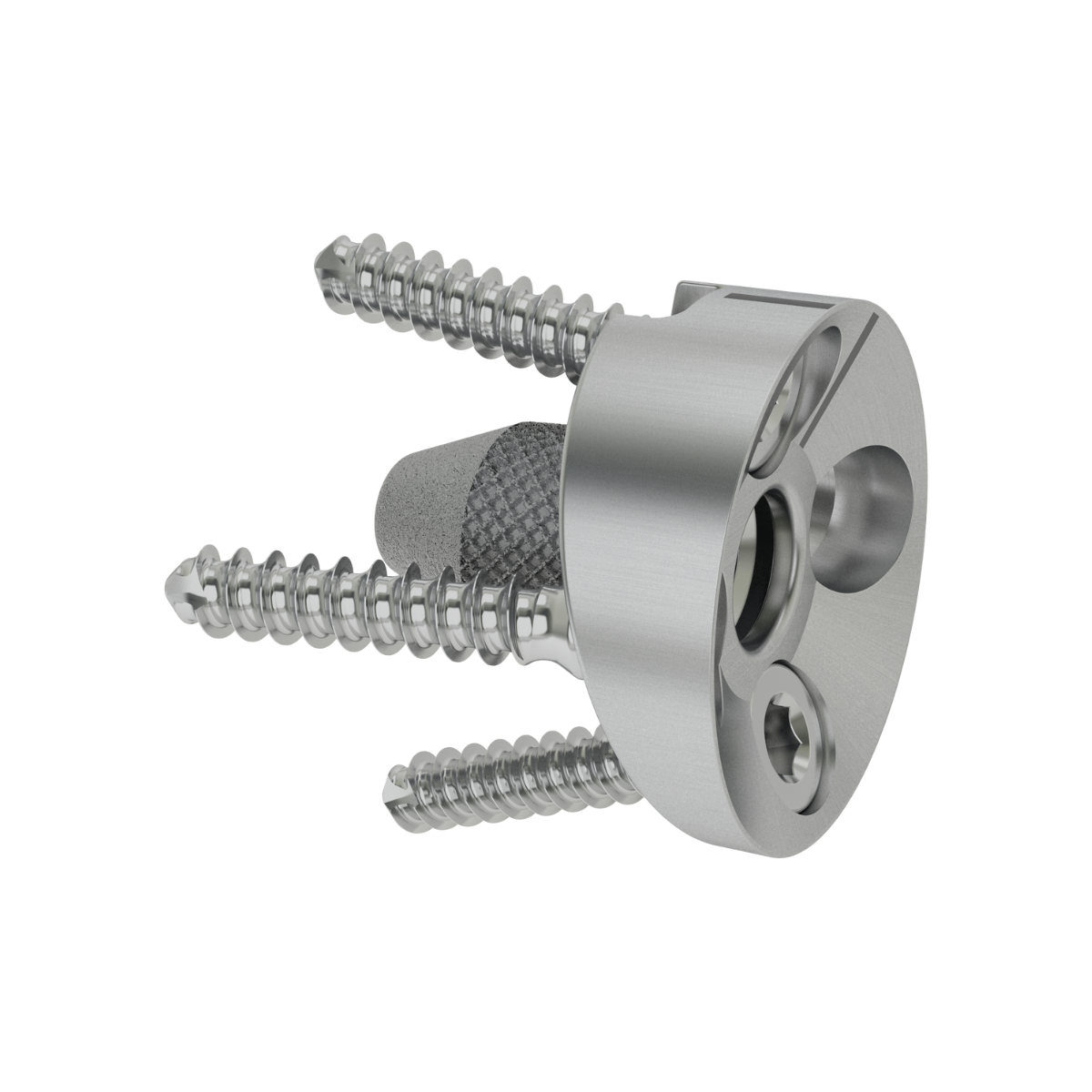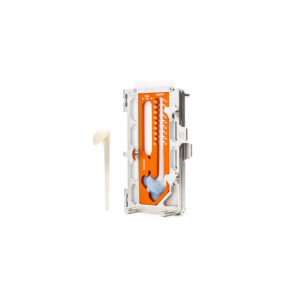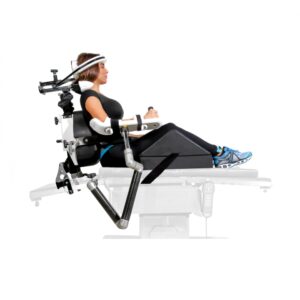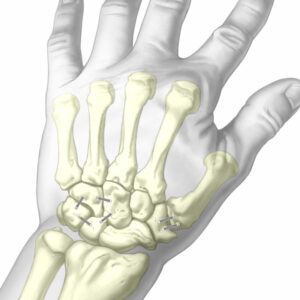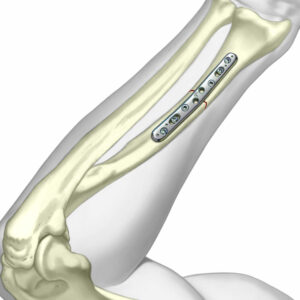SMR Augmented 360 MB
LimaCorporate
SMR Augmented 360 MB
AUGMENT your options
SMR TT Augmented 360 MB aims at supporting surgeons to treat any glenoid bone loss case with a modular, defect-matching solution.
BENEFITS
- Evolved modularity – Modular central peg and circular baseplate designed to provide a dialable, defect filling solution in line with SMR System legacy [1-3]
- Reliable fixation – Multiple configurations with 3D printed TT Peg and Screws aim at optimising placement through versatile implant orientation
- Streamlined preparation – Intraoperative experience does matter. The ASAP system provides on-axis glenoid preparation through our sleeve-based instrumentation, aiming at supporting a straightforward glenoid preparation and 360° placement of the implant
Enquire
For further information, questions regarding this product, or to discuss alternative solutions, please get in touch with your local Sales Specialist or our Head Office using the form or the contact details at the bottom of the page.
Stay in touch
NEWSLETTER
Sign up to receive email updates on new product announcements, insights on surgical techniques from surgeons, specialists, and sales representatives and industry trends, such as changes in regulations and new research findings.
